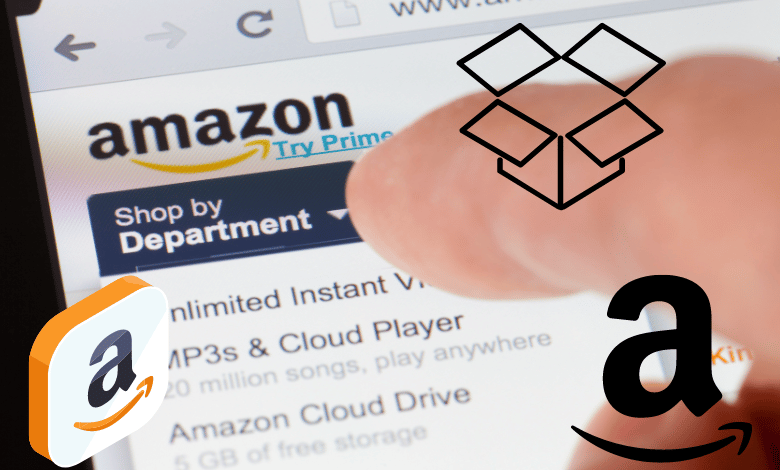I have been conducting online sales through the Fulfillment by Amazon (FBA) business for a decade, although I haven’t discussed anything. I hesitate because it seems too simple to the reader.
Although the businesses can be very profitable and the rationale is straightforward, an Amazon FBA business is not a get-rich-quick scam. They need a lot of effort to launch and are serious enterprises. Although worthwhile, you should conduct your Amazon FBA business like any other company. Here is the guide to Fulfillment by Amazon Business.
What is Fulfilment by Amazon? 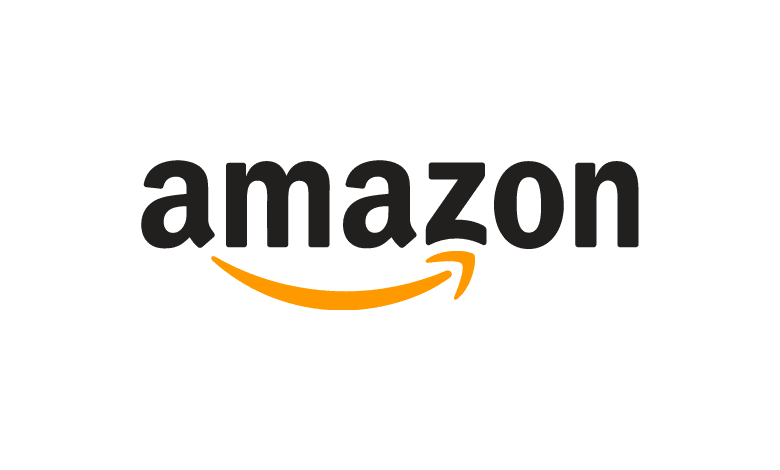
Amazon offers the Fulfillment by Amazon (FBA) service. It assists merchants with warehousing, packaging, and delivering their products. The weight is lifted from sellers’ shoulders, which affords them greater flexibility in the methods they use to promote their products. The service enables vendors to transport their wares to fulfillment centers operated by Amazon, where the things can be held in warehouses until customers purchase them. The product is physically prepared, packaged, and shipped by Amazon personnel once a customer places an order for it (s)
FBA’s Benefits 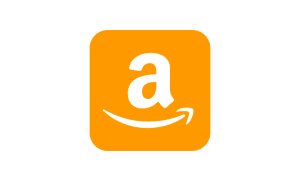
Fulfillment By Amazon gives sellers access to Amazon’s tools and incentives. Examples:
- Having Amazon’s name on their products: Most shoppers will appreciate this quality guarantee, making them more likely to favor a merchant. Having the Amazon name on their products will help sellers acquire consumer trust. With FBA, shoppers anticipate exceptional customer service and fast delivery.
- Amazon’s 24/7 customer support handles FBA seller inquiries, returns, and refunds. The service is free, although some product categories charge a returns processing fee.
- Because Amazon has a partnership with delivery firms, merchants using this service pay less in shipping than if the items were shipped from an individual account. FBA products qualify for Amazon Prime and FREE Super Saver Shipping, meaning sellers can provide free shipping over a specific amount.
- Amazon’s multi-channel fulfillment centers house FBA sellers’ merchandise. Amazon ships rapidly and handles items sold via numerous channels, not just its marketplace.
- Amazon can handle inventory sold on numerous channels, not only the Amazon marketplace.
- All FBA orders are processed like Amazon’s. Amazon picks an item from its inventory, packs it, and ships it to the buyer. Through Fulfillment By Amazon, a seller can list a product on his website and have Amazon handle shipping.
- Qualified FBA listings have the Prime logo and are Prime-eligible. The seller may contact new and existing consumers who want free one- or two-day shipping, filter for Prime-eligible products, and only convert if the Prime emblem is visible.
Creating an FBA Account 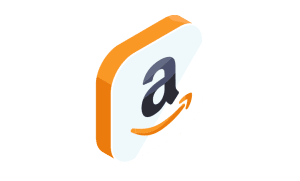
Create an Amazon seller account to start your FBA company. Go to Amazon Seller Central or Amazon’s website and look for “Make Money with Us” Click “Sell on Amazon.”
You now can register as either an “Individual” or a “Professional.” You won’t pay a monthly subscription fee when you sign up as an “Individual,” but you will be charged $0.99 for each item you sell. You should register as a “Professional” if you intend to grow your business over time. The plan has a monthly cost of $39.99 plus selling fees.
The rest of the registration procedure is rather simple. But, first, finish the setup by adhering to the directions displayed on the screen.
Regarding extra Amazon FBA charges, the fulfillment price may change according to the size and weight of your merchandise. Additionally, Amazon FBA sellers have assessed a monthly storage fee based on the volume of space their inventory takes up in an Amazon fulfillment facility. This excludes any charges for long-term storage resulting from surplus inventory.
Whether you opt to be an Amazon FBA seller or prefer to take on the role of a third-party seller conducting order fulfillment on your own will affect the shipping costs. Your prime clients may still benefit from prime through Seller Fulfilled Prime even if you decide not to use Amazon’s warehouse. Businesses might also use Amazon FBM, or the Merchant Fulfilled Network, where the seller can use the Amazon platform to display products on Amazon Marketplace while independently managing all other transactions.
Potential sellers can utilize the Amazon Revenue Calculator, which provides real-time cost comparisons and predictions, to assist them in choosing the best course of action.
How to Source Your Items 
We’ve discussed Amazon extensively, but there is another worldwide corporation that is nearly as significant. Alibaba.
Alibaba is a Chinese online wholesale marketplace where manufacturers and wholesalers worldwide advertise their products. In addition, most businesses will collaborate with you to design and manufacture your unique product.
Since Alibaba’s emergence, it has become quite simple to establish a fundamental Amazon FBA business. Too simple. And this has resulted in Amazon being overwhelmed with white-labeled products from Alibaba bearing a brand name and a substantial markup. Although the majority do not sell well, there are plenty that does.
Including a brand name is the only distinction between the two. as well as the price hike.
Depending on the quantity you buy and how well you negotiate, you can get them in bulk on Alibaba with your branding for between $1 and $7 each, and individuals are purchasing them on Amazon for £16.95. That is a very healthy profit margin even after considering all the fees and expenses.
Now, I can’t say that the same factory produces both. But it truly doesn’t matter. We’re in business if the factory can provide a superior version.
Leveraging Fulfillment by Amazon 
There are numerous methods to use the FBA model, but private labeling is the most prevalent. The plan is to establish a brand or label, apply it to your product, and sell it on Amazon.
First, you must conduct Amazon product research. This is the most crucial phase for numerous reasons. If you acquire an unpopular product line and sell your product at a higher price than your competitors, you may lose money on that product. You will have identified the sweet spot if you try to identify a popular product category, conduct competition analysis, examine product reviews, and identify an item you can improve or sell at a lower price.
Retail arbitrage, the practice of purchasing a brand-name item and reselling it on Amazon for a profit, is another common technique to sell things on Amazon. This is a significantly simpler method of earning money on Amazon, at least in the near term.
With private labeling, capital is required. Private label products may cost several thousand dollars, but if you want to establish an asset that can be sold in the future, this is the route you should choose.
Your supplier is a crucial component of the jigsaw. You can’t generate money if you don’t have things in stock; therefore, you must ensure that the period between placing an order and receiving it is as brief as possible.
Making the Transition from Alibaba to Amazon FBA 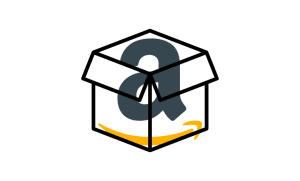
How you get your stock in large quantities from the factory to the FBA warehouses is the last piece of the jigsaw for setting up an Amazon FBA business. It may appear to be very difficult at first. Customs procedures vary nationwide, and Amazon has some rather demanding standards for how they want your packages delivered.
Thankfully, several businesses, such as freight forwarders and customs brokers, handle all the bother for you and make it simple. I suggest Flexport. They are supported by Google, have an excellent online user experience, and are reasonably priced because of the transparent pricing comparison service.
The procedures are quite easy:
- The factory sends the stock to the freight forwarder Flexport.
- The freight forwarder handles all taxes and paperwork while bringing the stock into the country of your choice.
- The Amazon-affiliated couriers receive the product from the freight forwarder and book it into the FBA warehouses.
Easy, huh? So there are the fundamentals of an Amazon FBA business
On Alibaba, look for a factory.
- Start a dialogue with them and create your product together.
- Get a significant quantity of the product produced.
- To transport the goods from the plant to Amazon, use a freight forwarder like Flexport.
- Start marketing to promote your products.
How Can You Grow an FBA Business?
There are several ways of scaling an FBA business. Below are some of the game-changing tips:
- Pursue your passion. If you enjoy the activity, you will continue it longer. Discover a product category that thrills and fascinates you.
- Expand your product selection. You’ll need to conduct thorough research every time you launch a new product. Having more items decreases the likelihood of your organization becoming dependent on a single product.
- Improve your position on the Best Sellers list. BSR is a crucial measure for both customers and sales. This is also an important consideration when selling your firm. Buyers will expect your BSR ranking to rise steadily over time.
- Create a brand website. As you continue to develop your private label product options, you will need to create a dedicated, professional website for your company. This allows you to sell your products and might make your firm more appealing to potential customers.
- Join Amazon’s Associate’s program. First, increase your earnings by becoming an Amazon affiliate. Then, start earning money by referring clients to your products via your site.
In summary, starting an Amazon FBA business is simple. With this information, you only need a few dollars to revive your financial dreams. Even though beginning an FBA business will require some upfront cash, the work involved won’t be nearly as time-consuming as it would be for a conventional eCommerce venture. The simple part is getting your business off the ground. It’s harder to find ways to expand your FBA business. Utilize the tools at your disposal and standardize your procedures as you go.
Check More Of Our Content Down Below
Keyword Research In SEO [Ultimate Guide]
Article Rewriter Tool – Generate Quality Articles | Trends Rewriter
